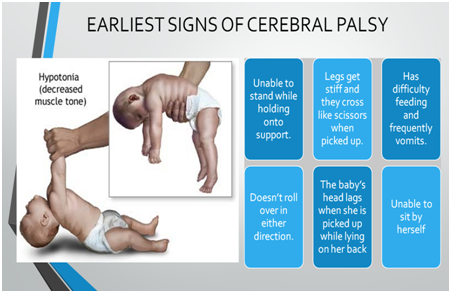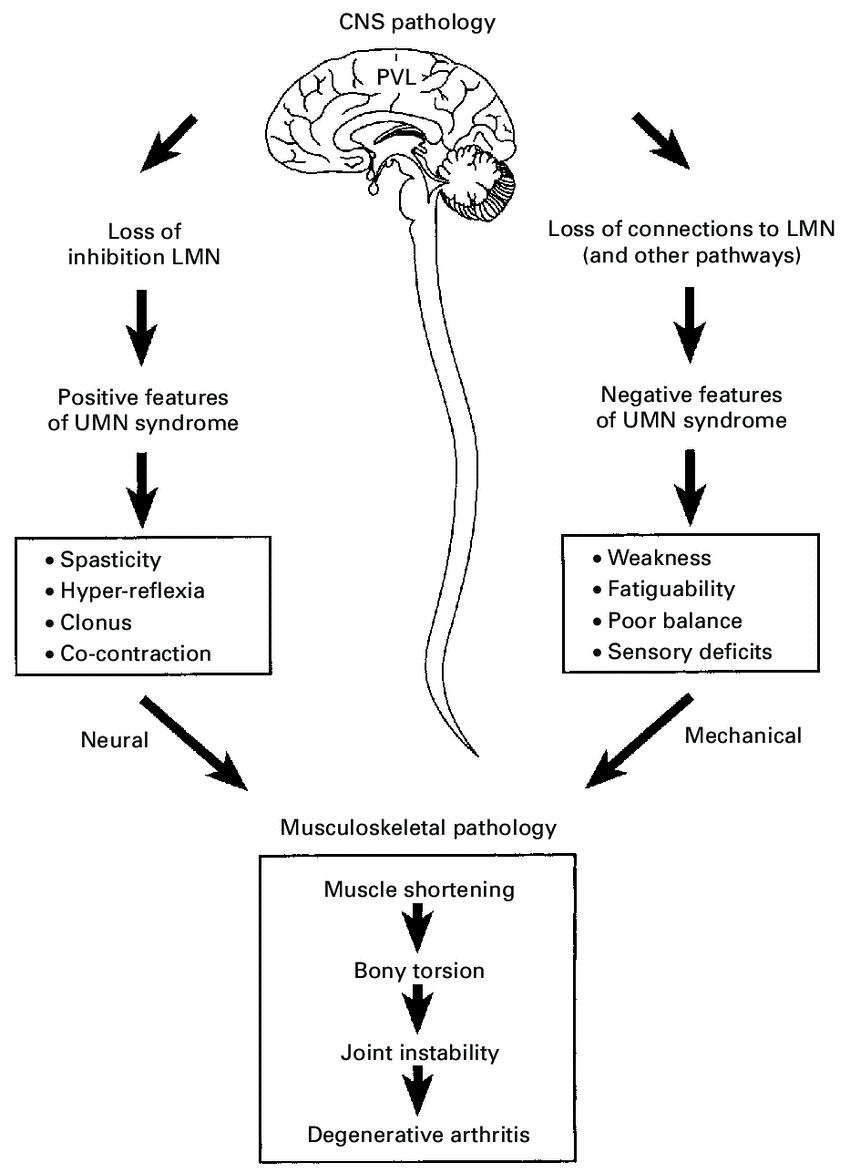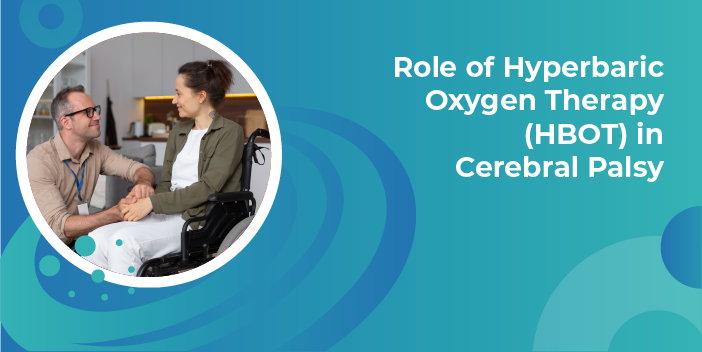Role of Hyperbaric Oxygen Therapy in Cerebral Palsy
Cerebral Palsy
Cerebral palsy is defined by problems in movement, holding posture, coordination, and uncontrolled gait, caused by several disorders and conditions. It involves most of the parts of the muscles and affects motor parts of the body posing problems to muscles. This problem usually arises due to damage in motor unit of body system during developmental stage [1].
Signs and Symptoms
CP affects different parts of the body. Some signs and severe symptoms are given below: [2].
Speech and Eating
Delayed speech
Speaking problems
swallowing issues
Development
motor skills issue due to development abnormality
challenges in learning
intellectual disability
Movement and Coordination
stiffed muscles and heightened reflexes.
floppy muscles
rigidity in muscles
ataxia
tremors
writhing, slow movements
Other Problems
- epilepsy
- hearing issues
- eyesight problems
- Unusual pain in body
- Bladder & bowel problems, such as urinary incontinence and constipation
- behavioural issues and emotional disorders are examples of mental health conditions [3].
Types
Many movements are affected due to involvement of different muscles:
- rigidity in muscles
- A lack of balance and coordination
- dyskinesia
CP is classified into four primary varieties:
1. Spastic Cerebral Palsy
Most common type of CP in which about 80% of CP sufferers have spastic CP. Muscle tone is very high in these affected patents. Their actions could be unpleasant as a result of their stiff muscles.
2. Ataxic Cerebral Palsy
In this type, coordination and balance is mostly affected and results in wobbly gait. It affects most of the motor activity in the hind limbs.
3. Dyskinetic Cerebral Palsy
In this type of CP there are motor problems in hands and feet. Any response of the muscles becomes delayed and this problem is often associated with fore limbs
4. Mixed Cerebral Palsy
Some persons exhibit signs of multiple CP types such as Spastic-dyskinetic CP is the kind of mixed CP that is most prevalent [4].
Causes
CP is caused due to various problems such as genetic mutations, developmental problems, neuronal inflammation and traumatic brain injury.

A damage to the brain or faulty brain development that took either before or during birth is referred to as congenital cerebral palsy (CP). 85% to 90% of CP cases are congenital. Many times, the precise reason is unknown. A minor portion of cerebral palsy caused by aberrant brain growth or injury after 1 month of delivery. It is frequently linked to a brain injury or illness (such as meningitis).
- Gene mutations
- Developmental problems
- A disturbance in the blood flow to the developing brain causes a foetal stroke.
- bleeding into the brain during pregnancy or when baby
- neuronal inflammation or injury
- traumatic brain injury
- Birth-associated asphyxia is significantly less prevalent a cause than previously believed, although it is nonetheless related to difficult labour or delivery and results in a lack of oxygen to the brain.

Risk Factors
Cerebral palsy is more common in infants due to a few variables. These consist of:
Birth defects, low birth weight, measures a baby’s physical condition at birth; breech birth, in which the baby’s feet or buttocks emerge first; and Rh incompatibility, in which the pregnant parent’s blood is incompatible; Rh type is incompatible with their unborn child’s blood Rh type exposure of the expectant parents to hazardous chemicals, such as illicit drugs or pharmaceuticals, or having twins or triplets [5].
Hyperbaric Oxygen as Effective Medicine for Cerebral Palsy
By administering pure O2 under high pressure, hyperbaric oxygen therapy(HBOT) increases the volume of oxygen in blood and tissues (hyperoxia). Treatment involves in pure oxygen (O2) concentrations at high atmospheric pressures. As per the Undersea & Hyperbaric Medical Society (UHMS), this pressure can be more or equivalent to 1.4 atmospheres (atm). For all current UHMS approved uses, patients may only inhale oxygen when confined in a space with a minimum air pressure of 2 ATA. For hyperbaric oxygen therapy to work, there needs to be a pressure environment that is greater than the air pressure at sea level.
All kids with diagnostics of CP were enrolled in this single-blinded, randomized, controlled trial. After randomization, they were split into cases and controls. The study did not include people with neurobehavioral problems, aberrant brain MRI results, or chromosomal or genetic syndromes. This study included 103 controls and 90 cases. Hyperbaric oxygen treatment (HBOT) was administered to cases while not to controls. HBOT was administered five times in each case. Each cycle included 40 HBOT treatments spread every session in every 2 months. Each session lasts for 60 minutes at 1.5 atmosphere through a hood in the HBOT chamber. The neurological outcomes of each child included in this study significantly improved. In terms of hearing, speaking, and parent satisfaction index, the improvement was less notable [6].
There are currently conflicting findings in the research on HBOT therapy for cerebral palsy youngsters. However, many medical professionals believe that it will represent the future of cerebral palsy care. Most medical professionals concur that HBOT is most effective for kids whose cerebral palsy resulted from a brain injury brought on by a lack of oxygen rather than from a genetic or developmental factor.
In 25 patients with spastic diplegic CP, researchers examined the effects of HBO2 therapy. Fine motor function, spasticity, video analysis, gross motor function, and parental questionnaires were all used in the pre-and post-HBO2 evaluations. The HBO2 therapy strategy included 20 sessions of 60 minutes at 1.75 atm with 95% oxygen purity. Three of the five GMFM test items that measured gross motor function improved, three of the six hand tests that measured improvement in motor activity, three of the four muscles that were evaluated for spasticity by a doctor with expertise in cerebral palsy experienced less spasticity, and mostly questions posed to parents showed improvements [7].
This study included a total of 120 children with cerebral palsy, both male and female. The range of ages was 3 to 15 years. The kids were split into two groups equally. 60 children made up Group A (the cases group) received hyperbaric oxygen therapy, while 60 children made up Group B (the control group) did not. Children in the cases group underwent five cycles of hyperbaric oxygen therapy together with physical therapy, whereas those in the control group merely got physical therapy. Over two months, each patient received 5 rounds. Each cycle has 40 sessions, with each session lasting an hour and using pure oxygen at 1.5 atmospheric absolute ata pressure. HBOT for CP patients results in notable improvements in neurological outcomes. The use of HBOT is thought to be a safe and efficient procedure with few and minimal adverse effects [8].
References
1. Rosenbaum, P. et al. A report: the definition and classification of cerebral palsy April 2006. Dev. Med. Child Neurol. Suppl. 109, 8–14 (2007). This paper contains the agreed definition of cerebral palsy and the rationale behind each of the words in the definition.
Link: https://pubmed.ncbi.nlm.nih.gov/17370477/
2. Brooks, J. C. et al. Recent trends in cerebral palsy survival. Part II: individual survival prognosis. Dev. Med. Child Neurol. 56, 1065–1071 (2014).
Link: https://pubmed.ncbi.nlm.nih.gov/25041081/
3. Surveillance of Cerebral Palsy in Europe. Prevalence and characteristics of children with cerebral palsy in Europe. Dev. Med. Child Neurol. 44, 633–640 (2002).
4. Gulati S, Sondhi V: Cerebral palsy: an overview. Indian J Pediatr. 2018, 85:1006-1016. 10.1007/s12098-017-2475-1
5. Novak I, Morgan C, Adde L, et al.: Early, accurate diagnosis and early intervention in cerebral palsy: advances in diagnosis and treatment. JAMA Pediatr. 2017, 171:897-907. 10.1001/jamapediatrics.2017.1689
6. Azhar, M., Saleem Z. AZ, and R. Akhtar. “Evaluation of role of hyperbaric oxygen therapy in children with cerebral palsy: Our experience at armed forces hospital, King Abdul Aziz naval base, KSA.” EC Paediatr 3 (2017): 67-73.
7. Montgomery D, Goldberg J, Amar M, Lacroix V, Lecomte J, Lambert J, Vanasse M, Marois P. Effects of hyperbaric oxygen therapy on children with spastic diplegic cerebral palsy: a pilot project. Undersea Hyperb Med. 1999 Winter;26(4):235-42. PMID: 10642070.
Link: https://pubmed.ncbi.nlm.nih.gov/10642070/
8. AHSAN, ALIYA KEMAL, SAIMA RAYAZ, and QASIM MEMON. “Determine the Role of Hyperbaric Oxygen Therapy in Pediatric with Cerebral Palsy.”

